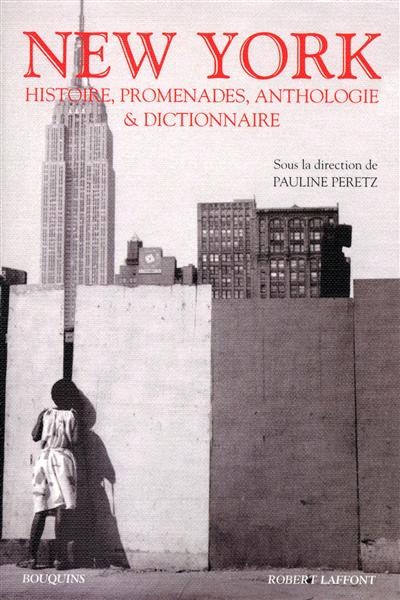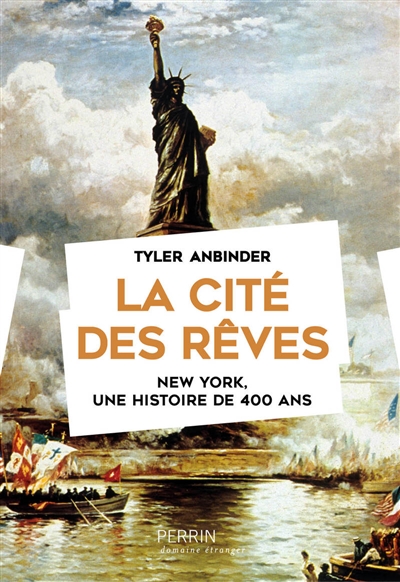par Vergara, Camilo José (1944-....)
The University of Chicago Press
2013 -
-
Disponible - 973.12 VER
Niveau 2 - Histoire
Résumé : Photographer Camilo José Vergara has been chronicling the neighborhood for forty-three years, and Harlem: The Unmaking of a Ghetto is an unprecedented record of urban change. Vergara began his documentation of Harlem in the tradition of such masters as Helen Levitt and Aaron Siskind, and he later turned his focus on the neighborhood’s urban fabric, both the buildings that compose it and the life and culture embedded in them. By repeatedly returning to the same locations over the course of decades, Vergara is able to show us a community that is constantly changing—some areas declining, as longtime businesses give way to empty storefronts, graffiti, and garbage, while other areas gentrify, with corporate chain stores coming in to compete with the mom-and-pops. He also captures the ever-present street life of this densely populated neighborhood, from stoop gatherings to graffiti murals memorializing dead rappers to impersonators honoring Michael Jackson in front of the Apollo, as well as the growth of tourism and racial integration. - Note de l'éditeur

 Les bibliothèques de prêt de la ville de Paris
Les bibliothèques de prêt de la ville de Paris
 Les bibliothèques universitaires
Les bibliothèques universitaires
 La BnF
La BnF
 L'encyclopédie Wikipédia
L'encyclopédie Wikipédia
 L'Encyclopædia Universalis
L'Encyclopædia Universalis
 La bibliothèque du film
La bibliothèque du film
 La bibliothèque du cinéma François Truffaut
La bibliothèque du cinéma François Truffaut
 La médiathèque musicale de Paris
La médiathèque musicale de Paris
 La médiathèque de la Philharmonie de Paris
La médiathèque de la Philharmonie de Paris














